Criteria iii, vi Reference no. 476 Established July 12, 2006 | Type Cultural Designated 2006 (30th session) Area 126.4 km² | |
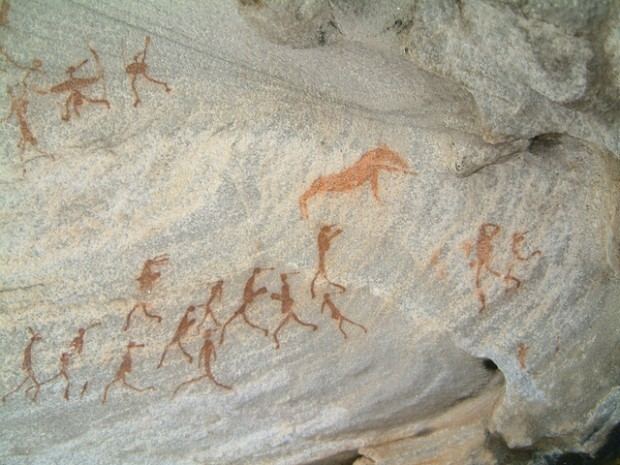 | ||
Similar Lake Malawi National, Lengwe National Park, Lake Chilwa, Nyika National Park, Liwonde National Park | ||
Chongoni Rock Art Area is located in the Central Region of Malawi consisting of 127 sites in the forested hills of the Malawi plateau with depictions of rock art and paintings of the farmer community of the Late Stone Age and the Iron Age period. This ancient record of the cultural history is in vogue even now.
Contents
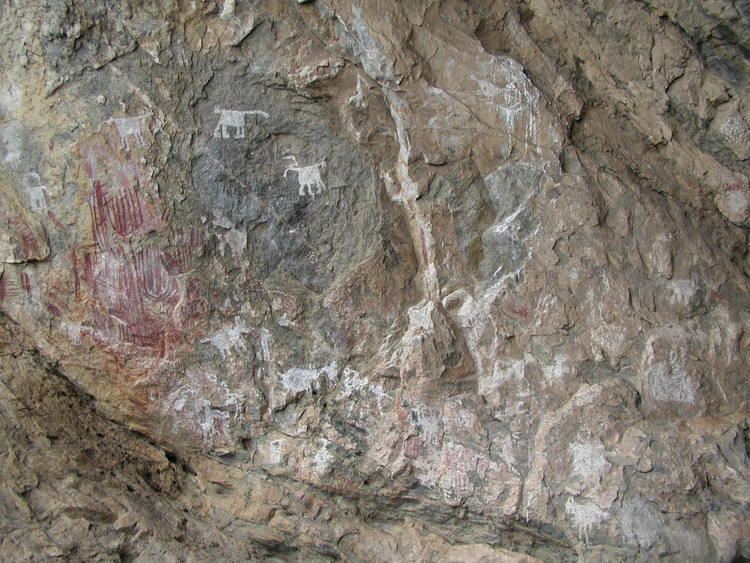
The rock arts are in granite formations and consist of art depictions attributed to the hunter gatherer community of BaTwa who lived here during the stone age period, and of the farming community of Chewa who are traced to the Iron Age period. In view of this cultural importance, the area was inscribed as a UNESCO World Heritage Site in 2006 under Criteria III for the rich cultural traditions of rock art and Criteria VI for its continued link to the present society. The rock art symbolizing rituals and ceremonies is mostly the creation of the women folk of Chewa clan. The "agropastoralist" art form of the tribes, which represents their perception of use and control of their natural habitat, was continued by the Bantu tribes in Changoni.
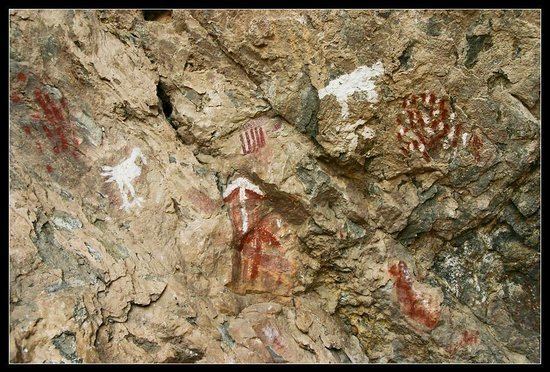
Geography

The rock art sites are near the mountainous region of Dedza (1,600 metres (5,200 ft)) which is the highest town in Malawi (about (80 kilometres (50 mi)) south-east of Lilongwe) which was settled during pre-historic times. It is reported to be the “densest cluster of rock art” in Central Africa. The 127 sites identified in the Malawi plateau are spread over an area of 126.4 kilometres (78.54 mi). Located on the hill slopes of the forested area, the projecting rocks provide protection to the rock art sites. Of the 127 sites, five are outside the demarcated limits of the Chongoni Forest Reserve.
Legal status
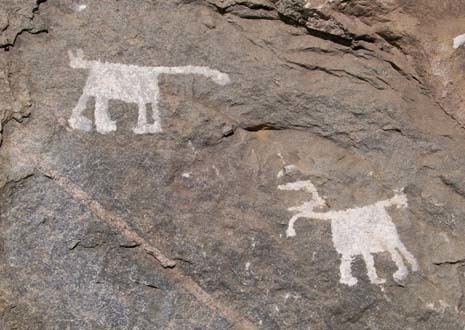
The rock art and archaeological sites of Chongoni are protected under The Monuments and Relics Act of 1990, which provides for protection of the rock arts. Further, the Chongoni Forest Reserve, declared a protected area under the Forestry Act of 1997, encompasses most of the rock art sites. These two legal provisions are in accordance with the Government policy on preservation of cultural heritage.
History
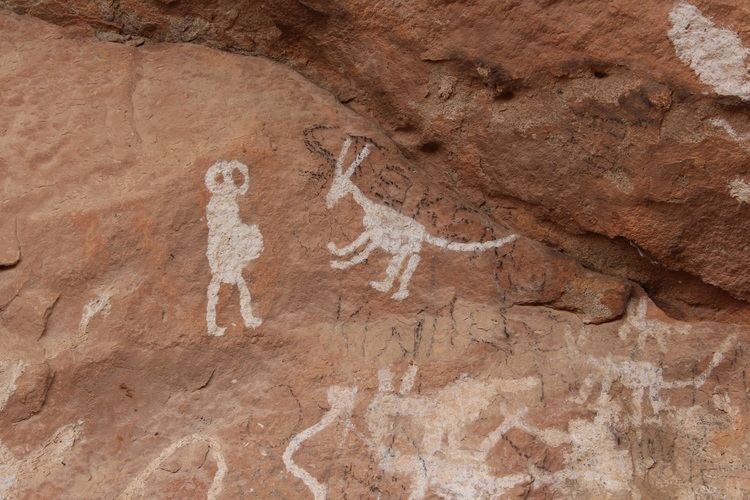
Archaeological antiquaries of the early Stone Age period found in the area provides links to the Upper Pleistocene age. Artifacts dated to 2,500 BP have also been found establishing the Late Stone Age period habitation of the site by hunter gatherers who are credited with creation of this rock art.
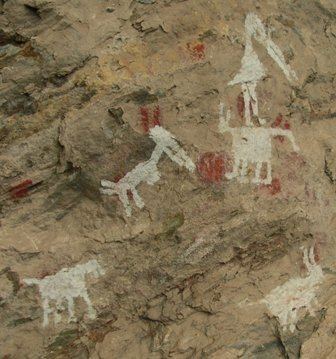
Iron Age settlements are traced from 1st millennium AD when white rock art form came to be depicted by the farmers. The natural figures were made with white clay. The farming community and the hunter gatherers worked in unison till the 19th century when the latter group were subsumed in to the farming group. It was in the 15th century that the Maravi Chewa group (after whom the country is named as Malawi) migrated from the northwestern region of Lubaland, unified all the groups and established the Maravi Empire. Then followed the Ngoni people who fled from South Africa and settled in the southern region of the Chongoni area. This resulted in the local Nyau people, who were opposed to the Ngoni, move to hiding places. It is this Nyau community, in spite of opposition from the Ngoni, the missionaries and the colonial administration of the country, who have ensured preservation of their culture. After the area was declared a Forest Reserve in 1924 and boundaries of villages demarcated, the first rock art finding was reported in the 1930s, and later in 1950s details of a few sites were published. Five rock art sites out of the total 127 sites were then declared in 1969 as protected national monuments. They were also opened to viewing by the public.
Features
Following migration of Chewa agriculturalists into the area, white clay was the medium used for painting while their predecessors, BaTwa Pygmies, had the tradition of using red colour in their paintings. This tradition is in vogue even now and is connected with rituals for women's initiation, to usher rain and for other funerary related rites. The rock art also serves as a symbol of the Chewa secret society of the Nyau people.
The rock art sites are categorized under four traditions, two belong to the BaTwa Pygmies, the earliest community of hunter gatherers, the agriculturists, the Ngoni invaders, and the colonizers.
Details of three of the sites which are open to the public are: The Chentcherere Rock Art Site forming the core area where six rock shelters are located in the Chentcherere hills, described as in the "schematic and naturalistic" styles; the Namzeze Rock Art Site which consists of paintings in red geometrical pattern and several paintings in white colour; and the Mphunzi Rock Art Site which are "zoomorphism" paintings.
